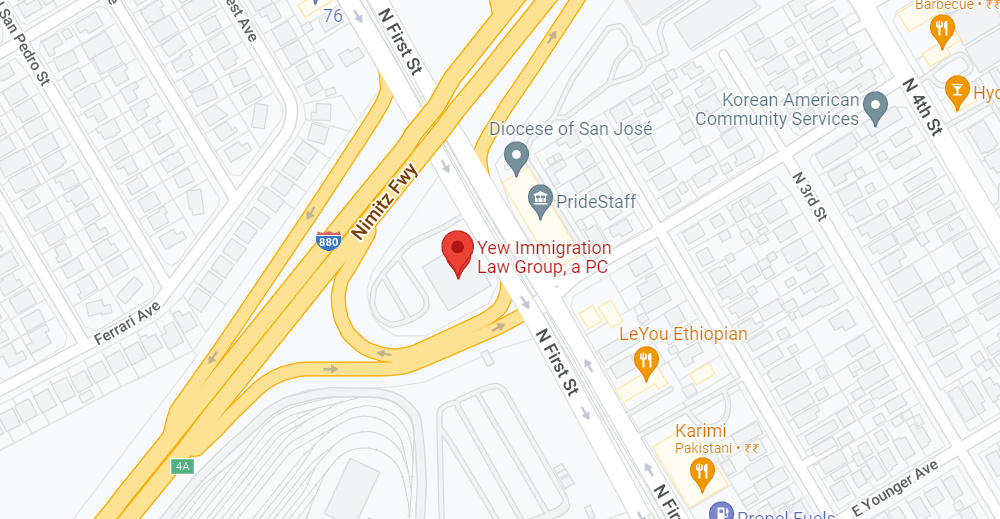An I-751 is a petition to remove conditions on residence. If you were married less than two years before you received your marriage-based green card, it would likely be a conditional one, which lasts two years, as opposed to the traditional ten most green cards last. An I-751 is a form you would file to receive a permanent green card that you would only have to renew every ten years.
The purpose of the I-751 form is to provide evidence to the USCIS (U.S. Citizenship and Immigration Services) that your marriage is genuine and not something you did only to receive a green card. Filing this form is something everyone who has been issued a conditional green card must do before the second anniversary of the initial approval of their green card.
What is an RFE?
An RFE stands for a request for evidence and is a possible response to an I-751 petition. If you do receive an RFE, it means that the USCIS has reviewed your application but needs more information before they are able to make a final decision. It is important to note that an RFE is not a denial, and you may still be approved for permanent residence. However, it is essential that you provide any documentation requested by the deadline provided. If you do not meet the deadline, USCIS will be forced to make a decision using only the material they were initially given, often resulting in a denial of your petition.
The best way to avoid an RFE is to carefully study and then compile all the documentation requested by USCIS. You will want to provide USCIS with as much information as possible that points to the credibility of your marriage. While an RFE is not the end of the line, you will save yourself time, money, and stress if you get everything sorted the first time around.
What are the Requirements for an I-751?
If you are filing an I-751, you will want to include as much evidence as you have at your disposal that points to the genuine nature of your marriage. This may consist of photographs of the two of you together, joint bank accounts, joint mortgage agreements, or the birth certificates of any children you share.
If you got a divorce or annulment during the period you had your conditional green card, you may still file an I-751. You will need to provide your divorce certificate and evidence of why your marriage ended (you must prove it wasn’t because you only married for your green card and then got a divorce once you had it). Other than the additional steps, however, an I-751 form will be similar whether you are divorced or still married.
How to I Respond to a RFE?
The first step you should take upon receiving an RFE is to read it carefully and ensure you understand exactly what is being asked of you. Next, you will want to review your initial application materials. There is always the chance that the USCIS officer who looked at your case missed something and sent an RFE for information already available in your application. You can then provide evidence of this in your response to the RFE.
You will next need to prepare your response package. This should include the original RFE notice and any new documentation (it must all be in one package). If you have been asked for something you are not able to provide, you will need to provide an explanation as to why and give an alternate piece of evidence, if possible. It is vital that you then send your response to USCIS by the deadline they provide.
For all your immigration form questions, call (408) 645-6395 now.











